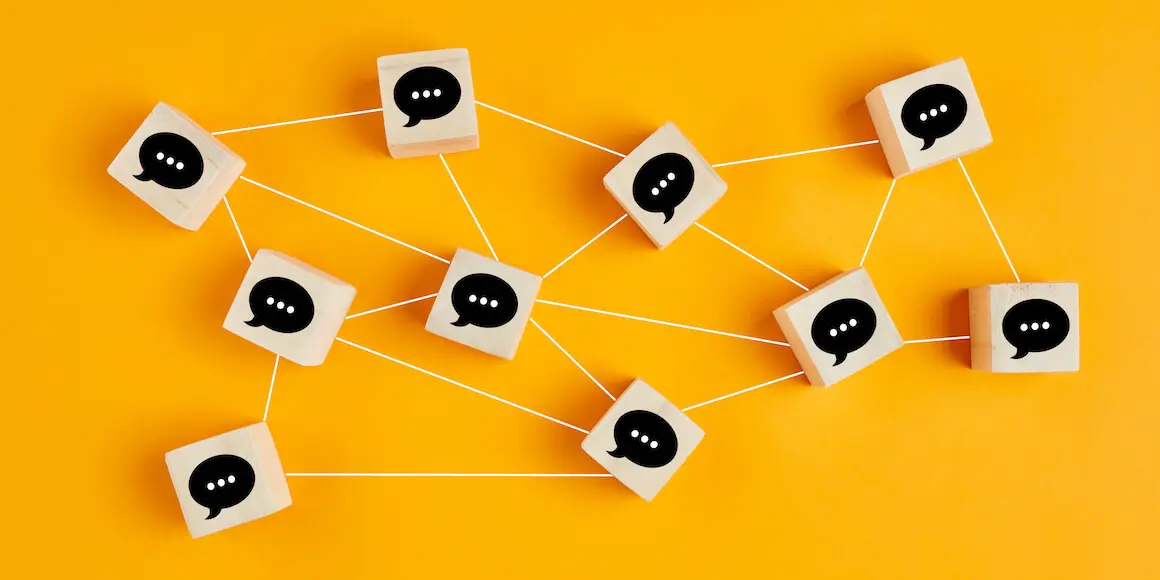Want to master in-product communication? It’s time for a trust fall. And if you want your users to realize the value of your company’s partnership, it takes a process framework that they can dive into with confidence. That means every engagement has a purpose, is informative, and is revealing your company’s value.
How do you build these processes?
In this part two of our three P’s series on creating governance around your in-product user guide experiences, we lay out the processes you need to drive unbeatable in-product engagements. And it’s all about following our simple TRUST framework. This is how you set up processes that promote a seamless in-product user guide experience.
Timely Engagements
Timing is critical to grabbing and keeping your user’s attention. But you can’t make every in-product message your top priority all the time. It’s why “timeliness” is the first piece of our TRUSt Framework. Here’s a typical hierarchy to follow when you’re trying to determine which engagements to publish in order of highest to lowest priority:
- Product Announcements: This includes planned maintenance, any critical messaging, and release announcements.
- Product Adoption: This includes user onboarding, nurture campaigns, new releases, awareness and adoption, prescriptive value adoption value paths, and product release webinars.
- Product Feedback: This includes NPS, CES, Multi-Q, and Rating.
- Promotional: This includes customer events, webinars, and blogs.
Relevant to Users
Your in-product engagements need to always hit the relevant users and provide useful messages. Otherwise, you risk losing their attention and trust. When planning engagements, consider the three W’s of your ideal customer profile (ICP):
- Who: Your persona and user role
- When: The stage of the user lifecycle
- What: The user goals, key use cases, and recommended value path
Want to take targeting to the next level?
You can use the sign-up process or analytics to figure out what your users’ interests are on a more personal basis. Here are a few ways how:
- Build outcome-driven engagements based on information users reveal during sign-ups.
- Leverage product behavior analytics to determine the likelihood that the user is accomplishing those outcomes.
- Capture outcomes and feedback through in-product surveys.
Straightforward Communication
Nobody has time to read a novel as they’re using your product. It’s why straightforward engagements are so effective. Here are some tips for crafting in-app engagements that are to the point:
- Include no more than 3-5 steps in a guide or slider.
- Set expectations in the first step by explaining what the user will get out of the guide and how many steps it will take to complete.
- End with a clear call to action.
- Make messages easy to skim with no more than two lines of text within a single block.
- Use GIFs for the precise explanation of a feature.
- If there’s a link to something external, open it in a new tab so the user doesn’t lose the product tab.
Trackable Metrics
Every engagement needs a strategic purpose, goal, or KPI that’s trackable attached to it. Here are some strategic metrics to consider as you measure your customer engagement strategy:
- Engagement impact analysis
- In-product guide performance metrics, such as the number of engagement views, completion rates, feature adoption rates, retention analysis, and workflow completions
- KC Bot analytics, such as guides viewed, top search terms, and articles viewed
- Survey analytics, such as CES or NPS scores and onboarding CSAT scores
Here are some examples of other useful engagement KPIs:
- Time to value during user onboarding
- Free trial conversions to paid customers
- Webinar invites and the number of webinar registrations
- Event invites and the number of event registrations
- Tooltip for common support tickets and the number of reduced support tickets for that topic
Learn about Product-Led Growth Strategy
Download our e-book, Product Led Success: The Professional’s Handbook for a look at how businesses are thinking about how to scale while improving customer experience to match rapid growth.

